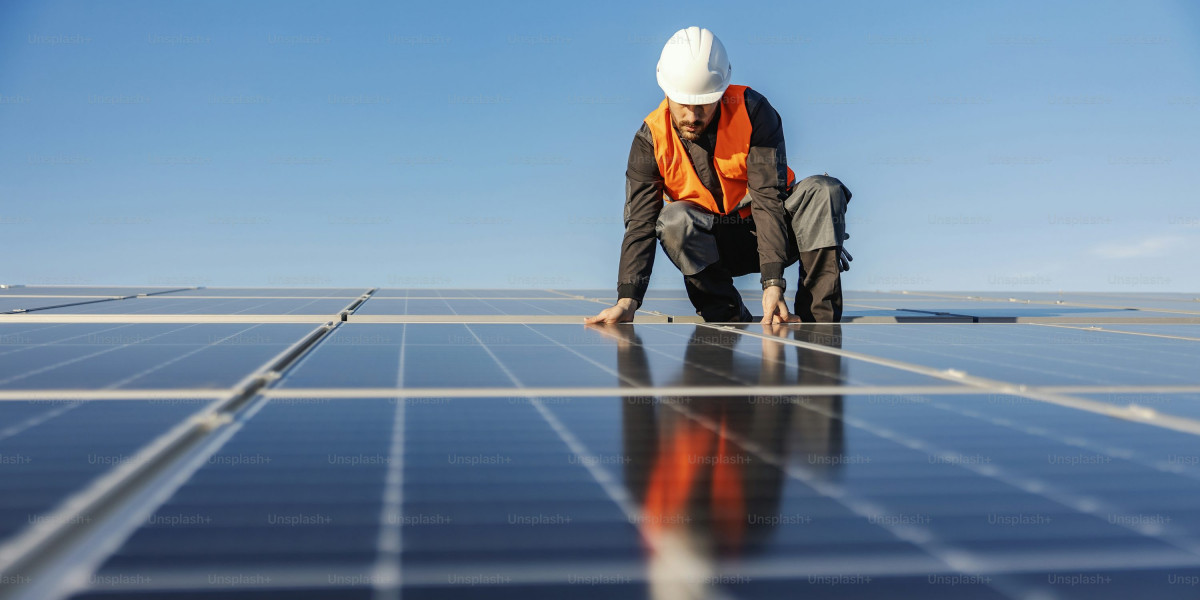The global solar panel market has witnessed remarkable growth in recent years, driven by a combination of environmental awareness, supportive government policies, and technological advancements. As the world increasingly shifts toward renewable energy, solar power is at the forefront of this transition. This article explores the current state of the solar panel market, the factors propelling its growth, emerging trends, and the outlook for the future.
Market Overview
Solar panels, also known as photovoltaic (PV) modules, convert sunlight into electricity. They have become an essential part of the renewable energy landscape due to their scalability, cost-effectiveness, and sustainability. The market encompasses a wide range of technologies, including monocrystalline, polycrystalline, and thin-film solar panels. Among these, monocrystalline panels are currently leading the market due to their high efficiency and compact design.
In 2023, the global solar panel market was valued at over $150 billion, and it is projected to grow at a compound annual growth rate (CAGR) of more than 7% through 2030. This expansion is primarily fueled by increased investment in renewable energy, declining costs of solar technology, and growing electricity demand in both developed and developing regions.
Key Growth Drivers
Several key factors are contributing to the rapid growth of the solar panel market:
Government Initiatives and Policies: Governments around the world are offering incentives such as tax credits, subsidies, and feed-in tariffs to promote solar energy adoption. Initiatives like the European Green Deal and the U.S. Inflation Reduction Act have played significant roles in accelerating solar installations.
Environmental Concerns: With rising concerns about climate change and carbon emissions, there is a strong push toward cleaner energy sources. Solar power, being emission-free during operation, is a preferred choice for reducing environmental impact.
Technological Advancements: Innovations in solar panel technology have improved efficiency and reduced production costs. Developments such as bifacial panels, perovskite cells, and solar tracking systems are making solar power more accessible and efficient.
Falling Costs: The cost of solar panels has decreased significantly over the past decade. Economies of scale, improved manufacturing processes, and increased competition have made solar energy more affordable for residential, commercial, and industrial applications.
Energy Security and Decentralization: Solar panels support energy independence and decentralization, particularly in regions with unreliable grid infrastructure. Off-grid and hybrid solar systems are gaining popularity in remote areas.
Regional Insights
The Asia-Pacific region dominates the global solar panel market, led by countries such as China, India, and Japan. China, in particular, is the largest producer and consumer of solar panels, accounting for over 40% of the global market. Government support and large-scale manufacturing capabilities have made it a global solar powerhouse.
North America and Europe also represent significant markets. The United States continues to invest in solar energy infrastructure, especially in states like California and Texas. In Europe, countries like Germany, Spain, and the Netherlands are expanding their solar capacity to meet renewable energy targets.
In emerging economies across Africa and Latin America, solar energy is becoming a key solution to electricity access challenges. International funding and partnerships are supporting solar deployment in these regions.
Emerging Trends
Several trends are shaping the future of the solar panel market:
Floating Solar Panels: Installing solar panels on bodies of water helps conserve land and improve panel efficiency due to the cooling effect of water.
Building-Integrated Photovoltaics (BIPV): Solar technology is increasingly being integrated into building materials such as windows and roof tiles, offering both aesthetic and functional benefits.
Energy Storage Integration: The pairing of solar panels with battery storage systems is enhancing reliability and enabling energy use during non-sunny hours.
Smart Solar Systems: IoT-enabled solar solutions are allowing real-time monitoring, predictive maintenance, and optimized performance.
Challenges and Outlook
Despite its growth, the solar panel market faces challenges such as land use issues, recycling of old panels, and dependence on weather conditions. Additionally, geopolitical tensions and supply chain disruptions—especially involving key materials like silicon—can impact market stability.
Nevertheless, the long-term outlook remains optimistic. As countries set ambitious net-zero targets and prioritize clean energy, demand for solar panels is expected to rise. Continuous innovation, supportive policies, and global collaboration will be crucial in overcoming barriers and ensuring a sustainable energy future.
Conclusion
The solar panel market is poised for continued expansion as the world embraces a greener and more sustainable energy paradigm. With declining costs, advancing technologies, and growing environmental consciousness, solar energy is not just a trend—it’s a cornerstone of the global energy transition.
Learn More : https://www.pristinemarketinsights.com/solar-panel-market-report









